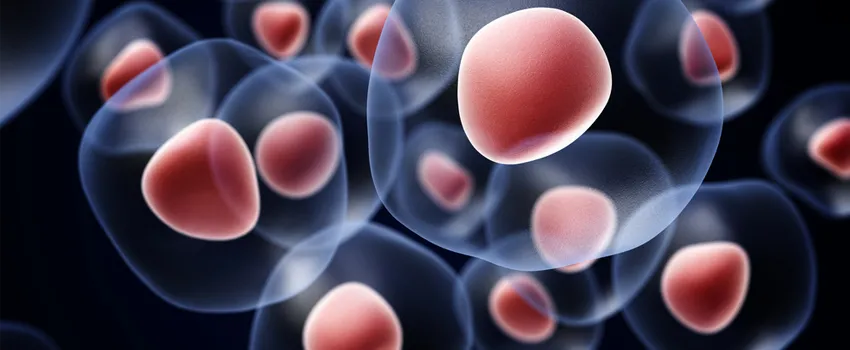
Photo by dreamerb, Shutterstock.
Stanford Medicine Scope - May 4th, 2017 - by Jennifer Huber
Breast underdevelopment at puberty is associated with a shortage of several hormones produced by the pituitary gland, a condition called combined pituitary hormone deficiency (CPHD). This disorder is caused in part by loss-of-function mutations of the GLI2 gene, but the molecular pathways leading to CPHD are not fully understood.
Now, researchers at the School of Medicine have discovered a new way that GLI2 impacts breast development, as recently reported in Science. Led by Philip Beachy, PhD, a Stanford professor of developmental biology and of biochemistry, the research team found that GLI2 activity helps control mammary stem cells in mice.
Stem cells are responsible for the growth, maintenance and repair of many tissues. The behavior and survival of these stem cells depends on their local microenvironment, called a stem cell niche. During breast growth, the niche must support its associated stem cells while also responding to circulating hormones that trigger the dramatic changes of puberty.
The study showed that this stem cell niche is genetically programmed to produce the signals that control breast development in response to the hormones that regulate puberty. Using mice without a functioning GLI2 gene, the researchers found that a defective stem cell niche environment may lead to the breast growth defects seen in human CPHD. In addition, the research provides insights into a new mechanism to target when developing drugs that may help prevent breast cancer.
The authors conclude:
Whereas prior studies implicate stem cell defects in human disease, this work shows that niche dysfunction may also cause disease, with possible relevance for human disorders and in particular the breast growth pathogenesis associated with combined pituitary hormone deficiency.


